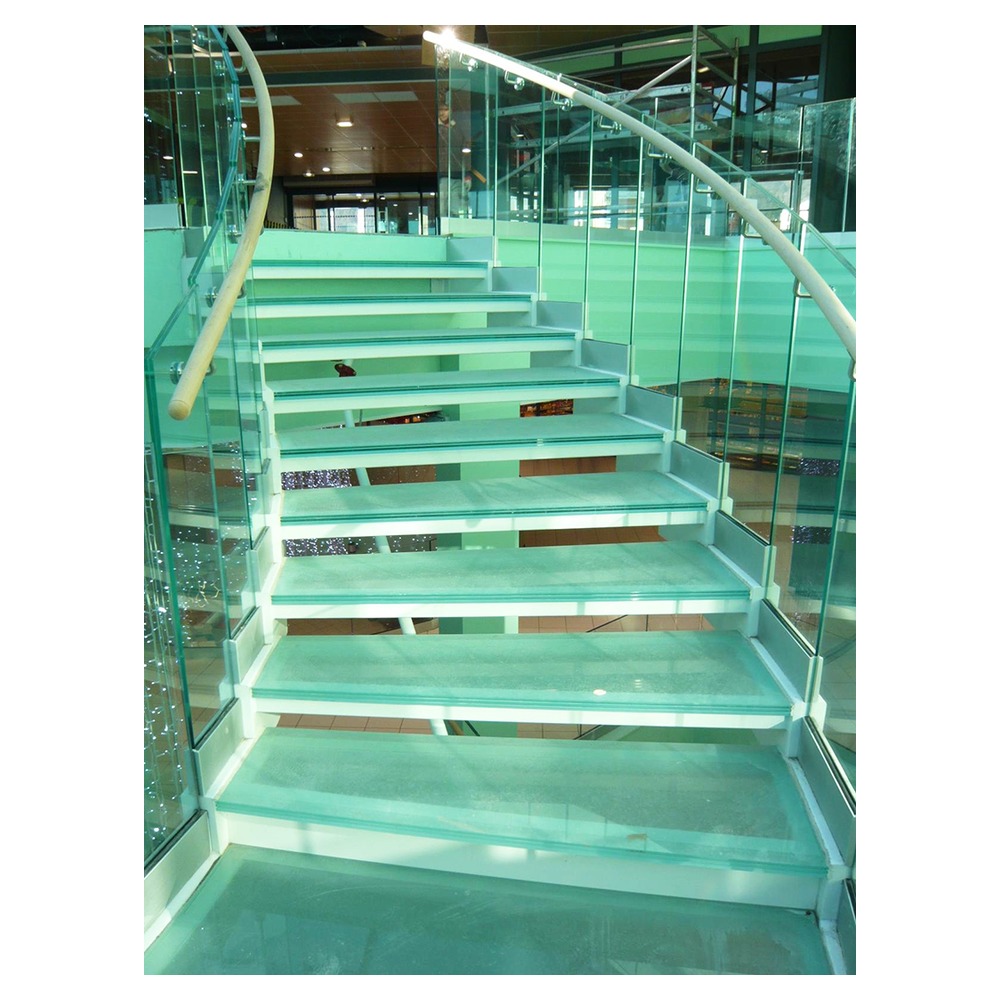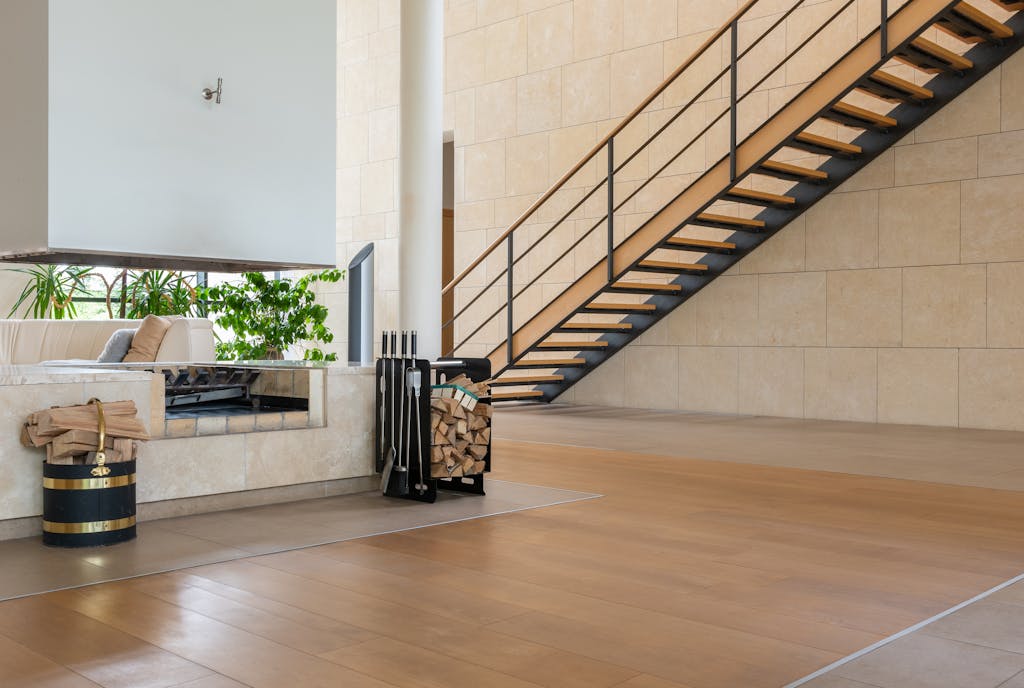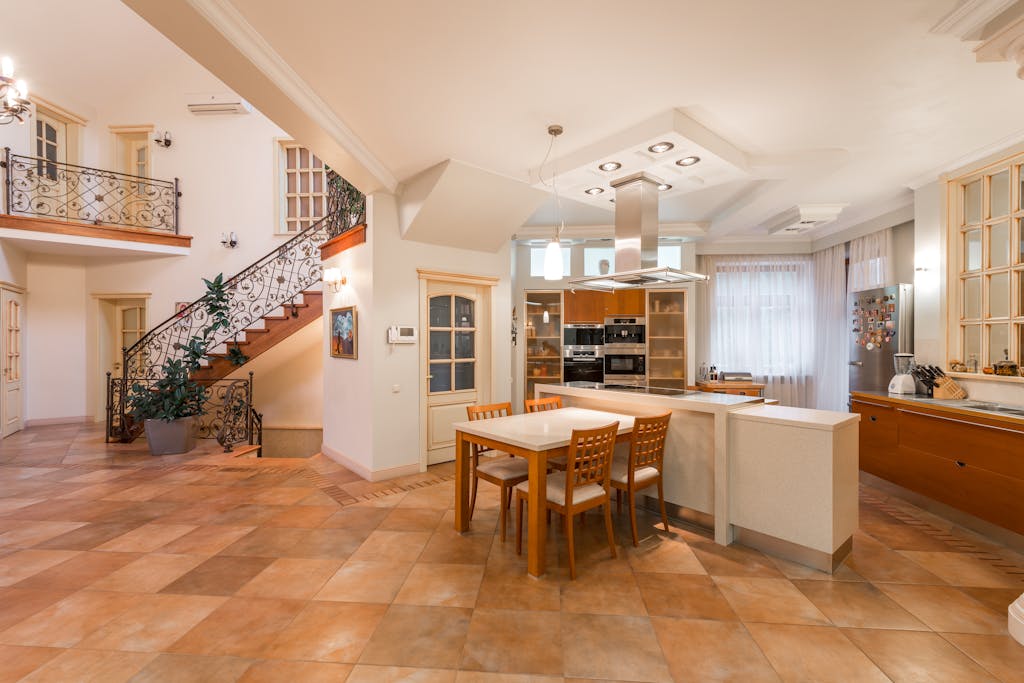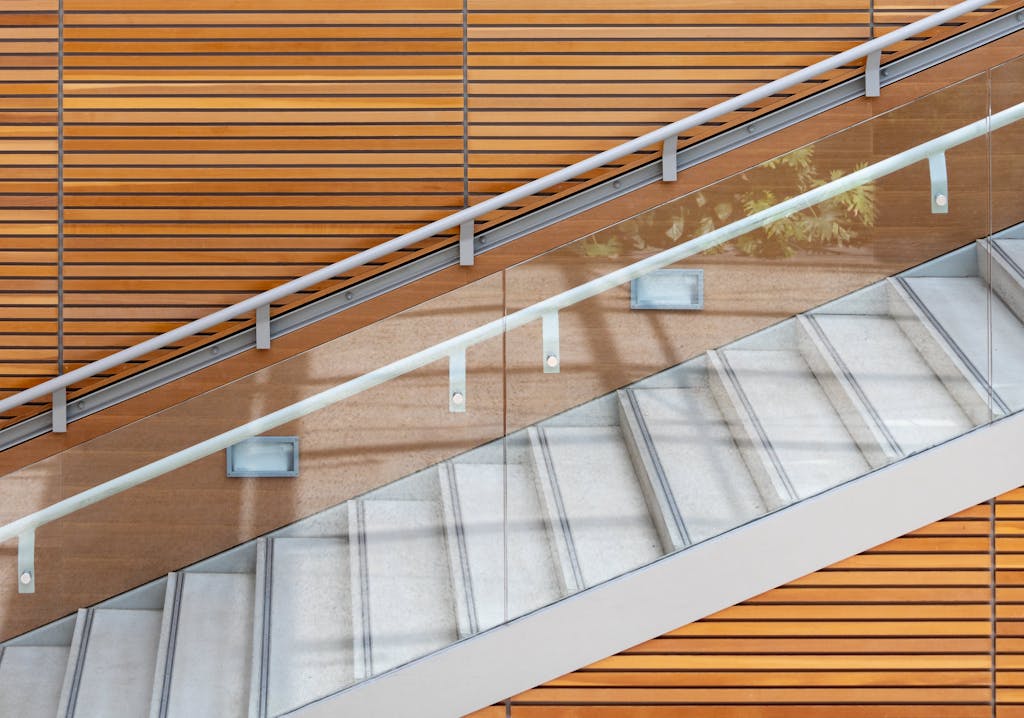Floating Staircase Installation Considerations
Floating Staircase Installation: Key Considerations
Floating staircases – those dramatic modern architectural stairs that appear to defy gravity – require meticulous planning and expert coordination to install correctly. Unlike traditional staircases, a floating design has minimal visible support, which places unique demands on structural preparation and teamwork. This article outlines the key installation considerations – from structural requirements and pre-installation planning to on-site execution, code compliance, and manufacturer support – to help architects, interior designers, and contractors successfully incorporate these striking stairs into their projects.

Structural Requirements for Floating Staircases
A modern floating staircase uses a single steel mono-stringer and open risers to create a light, airy aesthetic. Floating stairs rely on hidden structural support to achieve their weightless look. Most designs use a steel mono-stringer beam (often concealed within or along a wall) to carry the treads, while others anchor each tread into a structural wall via hidden steel brackets. In all cases, the building’s structure must be prepared to handle the concentrated loads. Solid blocking or embedded steel plates are typically added at the upper floor and in the floor framing or slab to create secure anchor points for the stair. If these requirements are neglected, a floating stair can sag or feel unstable under use. Engaging a structural engineer early ensures the support strategy is sound and code-compliant.
Pre-Installation Planning and Coordination
Field measurement diagram for a floating stair, showing key dimensions (L = opening length, W = opening width, H = floor-to-floor height). Careful planning and precise field measurements are critical before ordering a floating stair. First, verify the staircase will fit in the space by confirming the total rise (floor-to-floor height) and available run so it won’t conflict with ceilings or doorways. The chosen location also needs proper support (a load-bearing wall or adequately strong floor) – if not, plan to add structural reinforcement at this stage of construction. It’s also wise to confirm the design will meet relevant building codes for stair dimensions and safety early on. Next, take accurate site measurements. Key dimensions include the exact floor-to-floor height and the length of the stairwell opening or “run” of the staircase.
In addition, early coordination among the design team and other professionals is essential. The architect and structural engineer should incorporate any needed structural backing (such as blocking or steel supports) into the building frame before finishes are in place. The stair manufacturer will typically provide detailed shop drawings for approval, which all parties should review to verify dimensions and connection points. Clear communication ensures that by the time the prefabricated stair arrives, the site is prepared and the custom stair will fit as intended.
Factory Preparation and Custom Fabrication
Floating stair systems today are typically prefabricated in a controlled factory environment to match the project’s exact specifications. Manufacturers custom-fabricate the stair components to the exact dimensions of the design, using precision engineering so everything fits together perfectly. All major elements – the steel stringer or support spine, cantilever brackets, treads, and rail connections – are built in the factory under controlled conditions. Some companies even pre-assemble the staircase in the shop as a quality check before disassembling it for shipment. When the stair kit arrives on site, there is no need for cutting or welding; the pieces are ready to bolt together, which saves installation time and ensures accuracy. Along with the physical components, the manufacturer provides detailed installation drawings and often an instruction manual or video to guide the onsite assembly.
On-Site Installation: Tools, Sequence, and Tolerances
On-site installation is best handled by an experienced stair builder and not a DIY job. Typically, the process begins with anchoring the primary support structure – for example, bolting a steel mono-stringer beam securely between the floor and the upper wall or header. Once the main support is in place, the individual treads are attached one by one in sequence, followed by the installation of the railing or guardrail system. Given that many steel components are heavy (a single stringer can weigh around 300 pounds), the crew should have enough manpower or lifting equipment to position pieces safely. Throughout the assembly, installers must align each component precisely according to the shop drawings. The end result is a staircase that feels solid and level, with no unwelcome flex or wobble underfoot.
Code Compliance and Safety Considerations
Even a stunning floating staircase must meet building codes and safety standards. These designs are subject to the same rules as any other stair – including limits on riser height (around 7¾″ maximum), tread depth (10″ minimum), and requirements for secure guardrails and handrails. Common pitfalls to avoid include failing to provide adequate structural support, miscalculating the rise/run dimensions, or neglecting the “4-inch rule” for open risers. Such oversights can lead to unsafe stairs, inspection issues, or costly fixes down the line. To ensure compliance, work with knowledgeable professionals and double-check the design against the IRC and any local building codes. Also prioritize practical safety features: use high-strength materials that can support the required loads and apply non-slip finishes to treads for secure footing. With proper engineering and installation, a floating staircase will be as safe and sturdy as a traditional stairway.
Manufacturer Support and Services
Leading stair manufacturers offer robust support services to ensure a smooth installation. During design, they provide custom shop drawings and engineering input to make sure the stair will fit and meet code before fabrication. When it comes to installation, they supply detailed assembly manuals and even how-to videos, and have technical support staff available to answer questions. By utilizing these resources, architects and contractors can install the staircase correctly and efficiently, with minimal guesswork on site.
Conclusion
Floating staircase installations require both creative vision and solid engineering. By diligently addressing structural needs, planning ahead, coordinating with experts, and following precise installation methods, you can achieve a modern floating stair that truly “floats” without compromising stability or safety. Always pay close attention to building codes and leverage the expertise of structural engineers and quality stair manufacturers. If you’re considering a floating staircase for your next project, we invite you to request detailed drawings, a technical consultation, or a custom quote.





